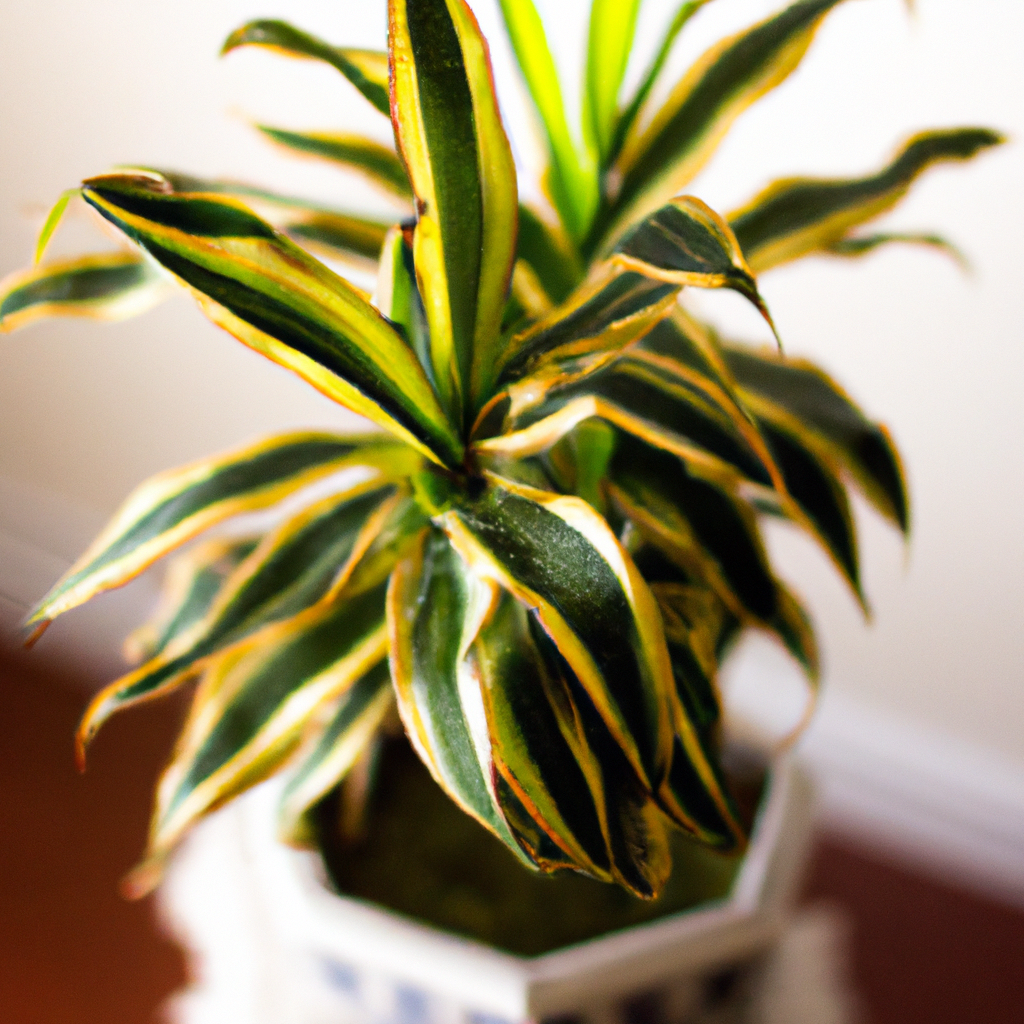When you’re considering adding a houseplant to your home, the Dragon Tree is an excellent choice. Not only is this striking species of Dracaena aesthetically pleasing, but it’s also resilient and low-maintenance, making it ideal for busy households or those with limited experience in indoor gardening. Below, we’ll discuss the basics of Dragon Tree care, from watering tips to ideas for styling it in your décor.
What is a Dragon Tree Houseplant?
The Dragon Tree, or Dracaena marginata, is a popular indoor houseplant native to the African island of Madagascar. It’s an easy-care plant with an attractive appearance and an interesting architectural structure that makes it a great choice for interiors. The plant has long, thin, bamboolike stalks that branch out in the shape of a bush and are topped with long strap-shaped leaves. Depending on the variety, the leaves may be green, yellow, red, or even variegated (leaf stripes of multiple colors).
Caring for Your Dragon Tree
When it comes to Dragon Tree care, consistency is key. Despite its drought tolerance, this houseplant does not like its soil to be completely dry for long periods of time or for its roots to sit in soggy soil. The best practice is to check your soil every 7-10 days with your finger and water your plant when the top 1-2 inches is dry. Allow the excess water to drain off completely before returning your Dragon Tree to its spot.
As a tropical plant, Dragon Trees like warm temperatures and bright light, but not direct sunlight (which can scorch the delicate leaves). To keep your plant healthy and growing, consider positioning it near a bright, indirect window or one that’s covered with gauzy curtains or blinds.
Considering Dragon Trees are slow-growing, you don’t need to worry about pruning them often. However, if you want to encourage bushier growth or contain wayward branches you can use pruning shears around every two months during their growing season.
Styling Dragon Trees
Dragon Trees are perfect plants to show off in many different settings and styles. They look especially great in modern interior designs thanks to their unusual shape and bright colors. Whether you have the pale green version or the striking striated red one, this plant will quickly become an eye-catching centerpiece in any room of your home.
As a potted houseplant, you can display your Dragon Tree on its own or in combination with other plants. Some houseplant experts suggest combining it with hanging string of hearts or peace lily for a lush and romantic look. Or go bold with a statement pot and place it proudly on a side table or shelf.
Potential Problems and Pests
Like with other houseplants, you might occasionally encounter some pests on your Dragon Tree. Small <a href=”https://www.almanac.com/pest/whiteflies”>whiteflies</a> that leave yellow spots on the leaves are common but fortunately easy to treat: blast the leaves with water or use insecticidal soap spray.
Brown spots on the leaves can be caused by inadequate drainage or by overwatering; if your soil is constantly wet, switch up your watering routine as described above. But if you notice yellow leaves or wilting stalks, it could be a sign of root rot; if that’s the case, remove any dead stems and replant in new potting soil.
Tips for Healthy Growth
Keep in mind that Dragon Trees need food just like any other living thing; if you want yours to look its best and remain healthy for years to come, provide it with a balanced liquid fertilizer every couple of months during its growing season (April to September). This will help keep new growth lush and vibrant.
And never forget about air circulation: Dragon Trees and other tropical houseplants like peace lily need adequate airflow around their foliage. Place yours in an area that gets lots of light but not too close to sources of heat like radiators since this can cause drying out of the soil.
Summary
If you’re looking for a striking indoor houseplant that requires minimal care, the Dragon Tree is an excellent option. It thrives in bright, indirect light and warm temperatures, and with proper watering and occasional liquid feedings during its growing season
